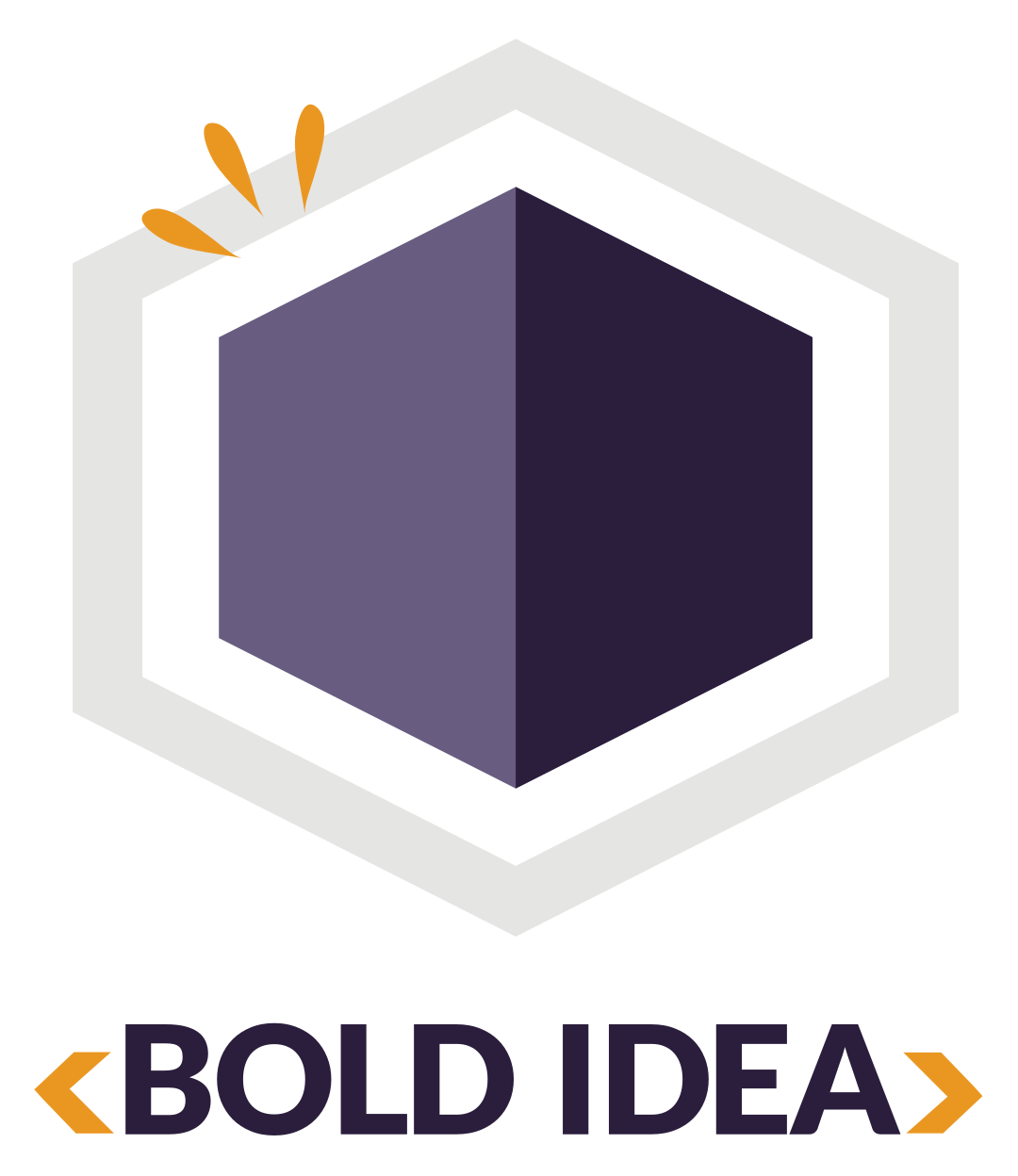21st Century Skills
Our Bold Idea students can write software programs that help them study for a geography test and build websites about bully prevention. Just as important, though, is their ability to be an effective member of a team and to know how to look up information online without help.
In addition to computational thinking, we also develop in students the skills businesses seek in employees and what universities seek in students — and struggling to find. The need for these skills, like problem solving and communication, are not new. However, the focus on giving all students, and not just the privileged few, equitable access to a rich education that intentionally helps them learn these skills is critical today.
21st century skills refers to the abilities, habits and mindsets that students need to develop in order to succeed in the information age - from college and career to citizenship and their personal lives. Organizations like Partnership for 21st Century Learning (P21) have worked with educators and business leaders to identify the skills to ensure student readiness.
PROGRAM DESIGN & MEASUREMENT
We intentionally build in opportunities for students to develop 21st century skills when we design our curriculum and evaluate these annually. See our methods for each of the 4C's further below.
> Read our Learning Outcomes for 21st Century Skill Development
Learning and Innovation Skills
Many of these skills overlap when students apply them.
Creativity & innovation
Students use a wide range of idea creation techniques (such as brainstorming), are open to new and diverse perspectives, can demonstrate originality and inventiveness in work, and view failure as an opportunity to learn.
bold idea methods
Our programs build in opportunities for "fail, learn, grow" — and even encourage students to share these experiences. They are given creative freedom, with boundaries, in their computing projects and apply ideation techniques early on in projects.
critical thinking & problem solving
Students have confidence when dealing with complexity and persist in working with difficult problems. They can ask questions to fill in the gaps between what is known and not known. Students have the ability to deal with open-ended problems.
bold idea methods
Instruction is inquiry-based, starting with a driving question that is resolved through technology solutions (ex: "How might we..."). We encourage our students to be thinkers, use logic and locate answers together. Whether this applies to programming a mobile app, completing a math problem or performing a daily task, the learning process and skill will stick with them for life.
communication
Students communicate their ideas effectively in a variety of mediums (verbal, written, digital). They can communicate for a range of purposes: to inform, persuade, motivate, instruct and humor.
bold idea methods
ideaSpark participants spend time throughout the semester sharing their ideas and projects with others. At Demo Day, project teams give formal presentations of their project objective, mechanisms, struggles and lessons learned to an audience of 100+.
Collaboration
Students work effectively and respectfully with partners and small groups. They can share responsibility for group projects and work toward a common goal or solution.
bold idea methods
Collaboration is in our mission — "execute bold ideas together."
Our semester programs use pair programming — when two students share one computer to write a program. Pair programming has been shown to reduce the so-called “confidence gap” between female and male students, while increasing programming confidence for all students.
Students work together on a variety of projects, while understanding that the group can accomplish more than the individual.




